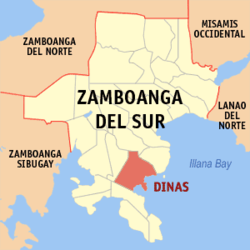
Lakewood, officially the Municipality of Lakewood, is a 4th class municipality in the province of Zamboanga del Sur, Philippines. According to the 2020 census, it has a population of 21,559 people.
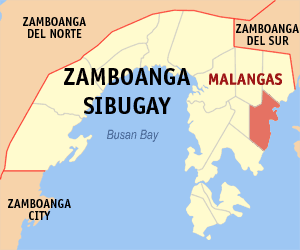
Malangas, officially the Municipality of Malangas, is a 3rd class municipality in the province of Zamboanga Sibugay, Philippines. According to the 2020 census, it has a population of 32,022 people.

Aurora, officially the Municipality of Aurora, is a 2nd class municipality in the province of Zamboanga del Sur, Philippines. According to the 2020 census, it has a population of 52,995 people.
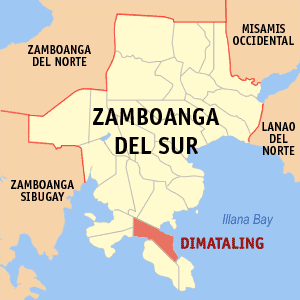
Dimataling, officially the Municipality of Dimataling, is a 4th class municipality in the province of Zamboanga del Sur, Philippines. According to the 2020 census, it has a population of 31,340 people.

Guipos, officially the Municipality of Guipos, is a 4th class municipality in the province of Zamboanga del Sur, Philippines. According to the 2020 census, it has a population of 21,738 people.

Kumalarang, officially the Municipality of Kumalarang, is a 4th class municipality in the province of Zamboanga del Sur, Philippines. According to the 2020 census, it has a population of 29,479 people.

Labangan, officially the Municipality of Labangan, is a 3rd class municipality in the province of Zamboanga del Sur, Philippines. According to the 2020 census, it has a population of 44,262 people.

Lapuyan, is a 3rd class municipality in the province of Zamboanga del Sur, Philippines. According to the 2020 census, it has a population of 27,737 people. The municipality of Lapuyan is located in the southern section of the Zamboanga del Sur province. It is also often referred to as "Little America".
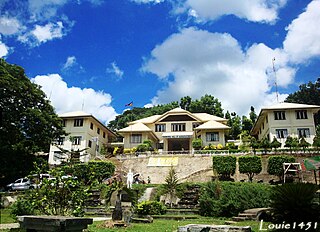
Margosatubig, officially the Municipality of Margosatubig, is a 3rd class municipality in the province of Zamboanga del Sur, Philippines. According to the 2020 census, it has a population of 38,660 people.

Midsalip, officially the Municipality of Midsalip, is a 4th class municipality in the province of Zamboanga del Sur, Philippines. According to the 2020 census, it has a population of 33,711 people.

Pitogo, officially the Municipality of Pitogo, is a 4th class municipality in the province of Zamboanga del Sur, Philippines. According to the 2020 census, it has a population of 27,516 people.

Ramon Magsaysay, officially the Municipality of Ramon Magsaysay, is a 4th class municipality in the province of Zamboanga del Sur, Philippines. According to the 2020 census, it has a population of 27,280 people.

San Miguel, officially the Municipality of San Miguel, is a 4th class municipality in the province of Zamboanga del Sur, Philippines. According to the 2020 census, it has a population of 19,838 people.
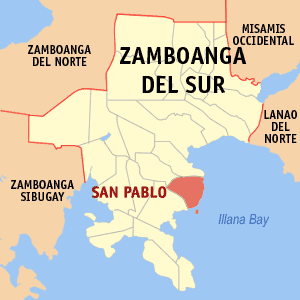
San Pablo, officially the Municipality of San Pablo, is a 4th class municipality in the province of Zamboanga del Sur, Philippines. According to the 2020 census, it has a population of 26,648 people.
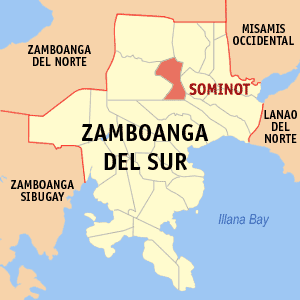
Sominot, officially the Municipality of Sominot, is a 5th class municipality in the province of Zamboanga del Sur, Philippines. According to the 2020 census, it has a population of 19,061 people.
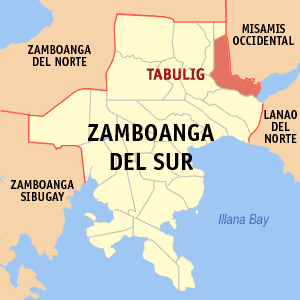
Tambulig, officially the Municipality of Tambulig, is a 4th class municipality in the province of Zamboanga del Sur, Philippines. According to the 2020 census, it has a population of 37,480 people.

Tigbao, officially the Municipality of Tigbao, is a 5th class municipality in the province of Zamboanga del Sur, Philippines. According to the 2020 census, it has a population of 21,675 people.

Vincenzo A. Sagun, officially the Municipality of Vincenzo A. Sagun, is a 5th class municipality in the province of Zamboanga del Sur, Philippines. According to the 2020 census, it has a population of 24,852 people.

Datu Unsay, officially the Municipality of Datu Unsay, is a 5th class municipality in the province of Maguindanao del Sur, Philippines. According to the 2020 census, it has a population of 12,890 people.

Shariff Saydona Mustapha, officially the Municipality of Shariff Saydona Mustapha, is a municipality in the province of Maguindanao del Sur, Philippines. According to the 2020 census, it has a population of 25,080 people.
